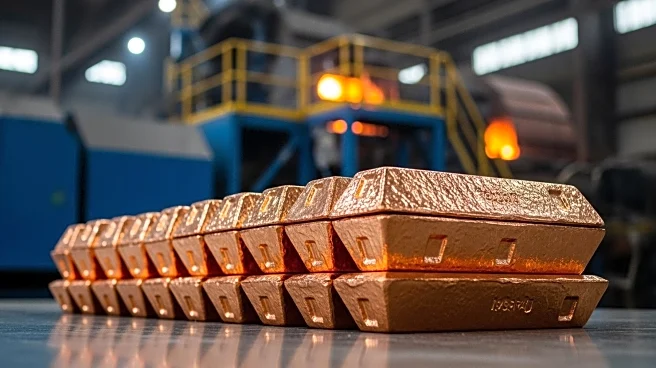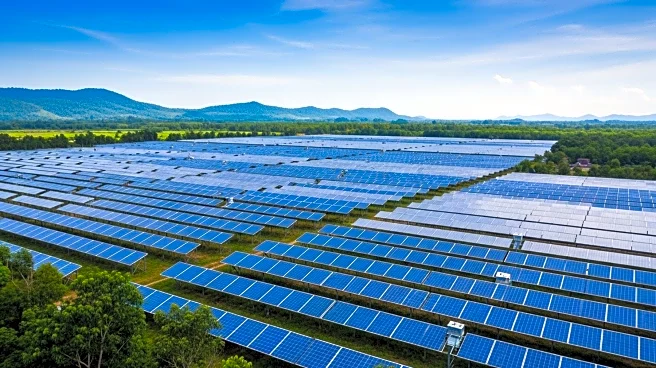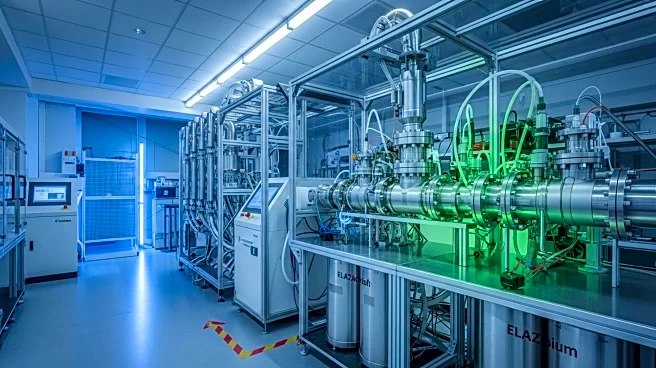What's Happening?
China's copper smelting industry is facing challenges due to overcapacity and constrained concentrate supply. Despite controlling 53% of global processing capacity, Chinese smelters are struggling with low treatment and refining charges. The Chinese government is implementing policies to address overcapacity and promote sustainable growth. State-backed smelters benefit from subsidized costs and strategic alignment with the energy transition, providing a buffer against global margin collapses.
Why It's Important?
China's dominance in copper smelting is crucial for maintaining its strategic edge in the global market. The country's ability to balance industrial discipline with innovation will determine its long-term profitability. The focus on recycling and securing long-term contracts offers a partial offset to margin pressures. China's alignment with the energy transition provides sustained demand for copper, positioning its smelters to meet rising demand despite challenges.
What's Next?
Chinese smelters must navigate risks associated with overcapacity and concentrate supply constraints. The focus on policy-driven production cuts and strategic partnerships will be key to sustaining profitability. Monitoring China's ability to balance industrial discipline with innovation will be crucial for assessing its long-term potential.
Beyond the Headlines
China's copper smelting dominance highlights the broader implications of global supply constraints and the need for strategic resilience. The focus on recycling and policy interventions reflects the importance of innovation in sustaining market value. China's alignment with the energy transition underscores the need for strategic partnerships and infrastructure development in supporting economic growth.











